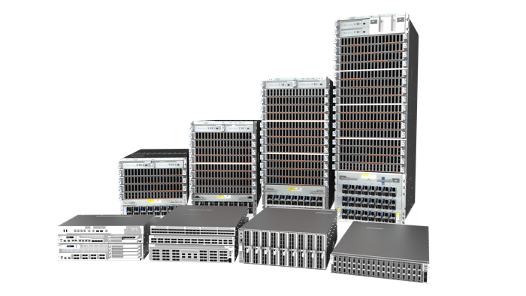10-4, Smokey: Ruckus Taps CB Radio to Access LTE

BARCELONA -- Mobile World Congress 2018 -- Most of the predictions being made concerning the future of 5G networking assume that carriers are going to be at the center of that revolution. But at the Mobile World Congress 2018 conference today it became apparent that alternative approaches such as delivering LTE services over Citizens Broadband Radio Spectrum (CBRS) could gain some significant traction.
Ruckus Networks today at the conference demonstrated an LTE-based set of access points based on Citizens Broadband Radio Spectrum (CBRS) addition to its wireless networking portfolio. The commercial availability of this offering, which follows a decision by the Federal Communications Commission (FCC) to make that spectrum more widely available, will have a major impact on how enterprise IT organizations consume next generation 5G wireless services, says Mark Davis, senior director for product and segment marketing at Ruckus.
Instead of waiting for telecommunications providers to deliver 5G networking services using spectrum they paid to license and then resell at a high cost, many organizations will opt to make 5G networking services available to applications via less expensive CBRS, predicts Davis.
“By the end of this year we’ll see a lot of organizations pivoting their approach to LTE,” says Davis.
The Ruckus CBRS offerings consist of a 3.5 GHz indoor Ruckus Q710 access point capable of covering about 10,000 square feet, and a higher end Ruckus Q910 access point that can cover a 660-foot city block, claims Ruckus. The access points are scheduled to be generally available in the second half of this year.
That shift in consumption patterns creates an opportunity for Ruckus to expand beyond its traditional WiFi base via a LTE network that can be centrally managed using a common Ruckus cloud service, says Davis.
At the same time, Ruckus is also expanding its networking ambitions include a foray into the Internet of Things (IoT) realm. New additions to the company’s existing access points make it possible to support multiple networking protocols by plugging different modules into an access point. Those protocols include Bluetooth Low Energy (BLE), Zigbee, and LoRa. A Ruckus SmartZone Controller then provides a single interface through which Ruckus IoT access points can be managed via the cloud.
Regardless of the wireless network being implemented, Davis says IT organizations are increasingly moving network management functions to the cloud as part of an overall effort to centralize network management. There are more types of networks to be managed than ever. Setting up individual management platforms for each type of network is cost prohibitive, says Davis.
Since becoming, at the end of last year, a unit of ARRIS (ARRS), a provider of equipment to telecommunications providers, Ruckus has been expanding the scope of its reach well beyond WiFi networks. It remains to be seen to what degree various classes of networks will be unified under a common management framework. But the one thing that is certain is that the networking landscape has never been more diverse.












